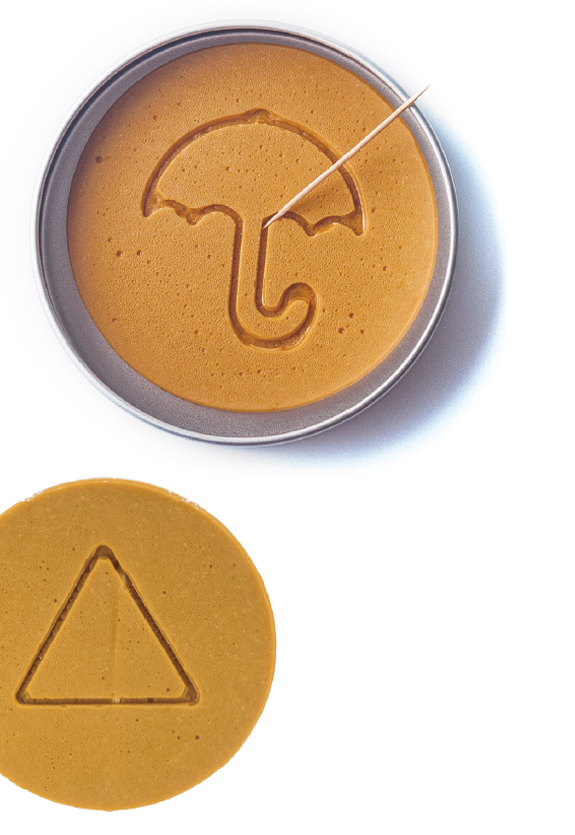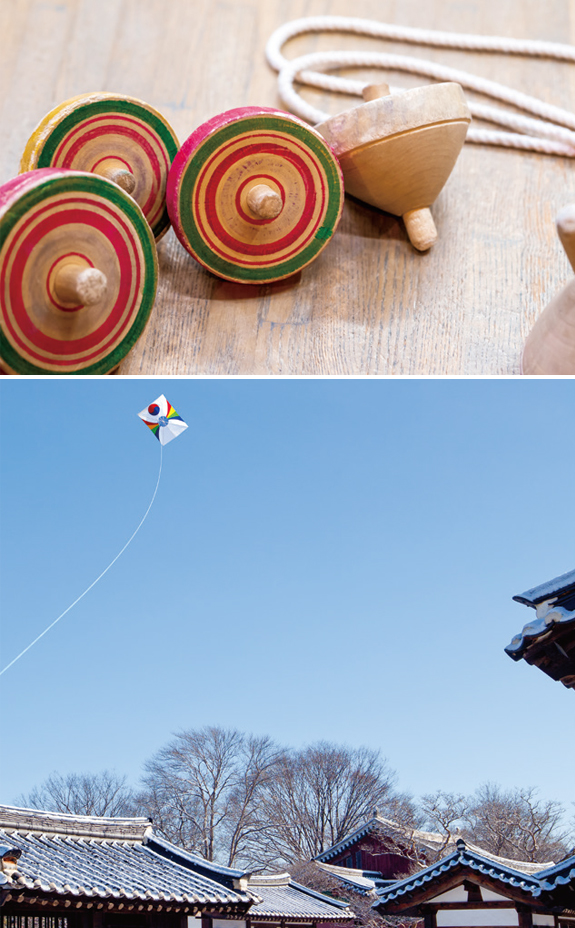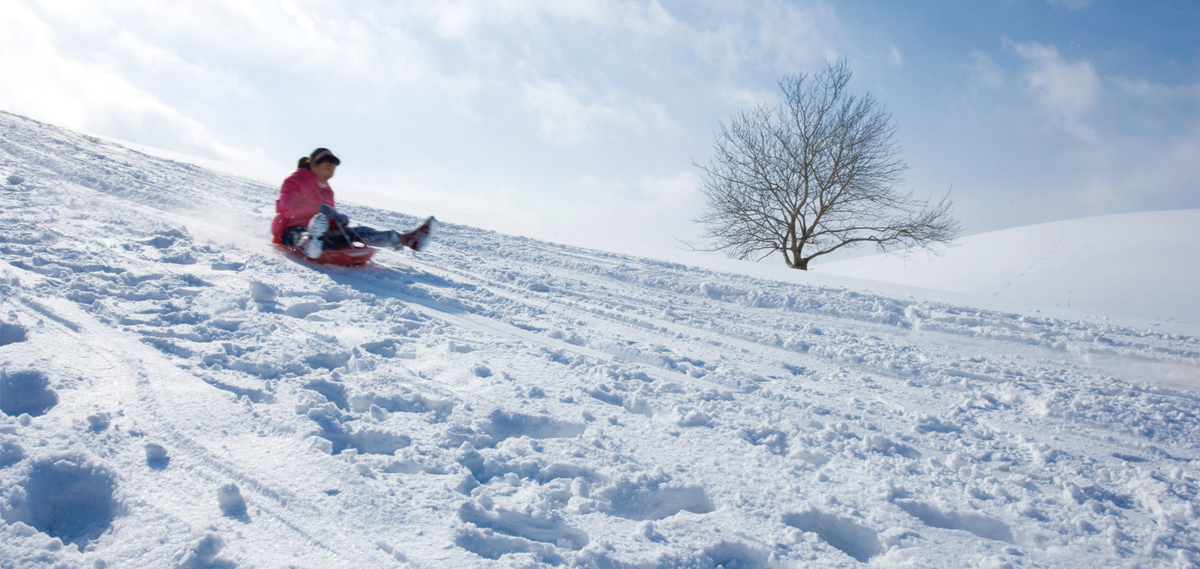Let’s Have Some Fun!
In his book Homo Ludens (Man the Player), Dutch historian Johan Huizinga defines play as culture itself and the central activity in flourishing societies instead of just an element in culture. Anyone who has seen the so-called K-culture wave sweeping across the world, and especially Squid Game, would agree. People around the world who saw Squid Game, became interested in the traditional Korean games featured in the series. Let’s take a closer look at all the fun traditional games played in different parts of the world.


Our traditional games, now part of K-culture enjoyed by people around the world
Who would have ever thought that one day foreigners would stir ladles filled with sugar to make dalgona, traditional Korean candy? We’re no longer blowing our own horns when we say that the K-culture wave is a trend. Bong Joon ho, the director of the movie Parasite took home four Oscars and Yoon Yeo-jung, who starred in the movie Minari also won the Best Actress Award. In addition, BTS ranking No. 1 on the Billboard Hot 100 is no longer surprising.
What played the role of officially promoting our traditional games around the world was Squid Game, a Netflix original series launched in the second half of 2021. Watching Squid Game, memories of playing “Mugunghwa ggoti pieotseubnida (Red Light, Green Light),” “Tug of War,” and “Marbles,” which were all games played often during our childhood on school playgrounds and campuses, but something we’ve all been forgetting about, came flooding back. Some young people said they got to know these games for the first time by watching Squid Game.

Playing these games is not only fun, but also a good exercise and great for developing skills and abilities
Played mostly by young children, these games are easy to play and have simple rules. Today, we’re going to learn a little more about the benefits of playing the games as I’m sure the dramas you’ve watched already told you how to play them as well as tips although you’ve never actually played them before.
First of well, when you play “Mugunghwa ggoti pieotseubnida (Red Light, Green Light)”, it’s important that you move fast without getting caught by the person playing “it.” Thus, children playing this game can develop good reflexes and agility and the person playing “it” can enhance his or her level of concentration. To play “Ddakji” which is a traditional Korean flip card game, you need to first fold paper files to make ddakji, which is an activity that requires delicate hand techniques. By practicing throwing and hand-eye coordination, children can gain better judgment and become stronger. “Marbles”, another traditional game children used to play, also requires delicate hand techniques just like Ddakji as well as meticulous pace control. Controlling the mind is extremely important as it’s easy to lose focus considering that marbles roll and travel fast.
“Tug of war" is one of the best games you can play to strengthen teamwork. Not only your arms, but also your legs and back muscles get stronger as you pull the rope with all your strength. Lastly, “Squid game” is a game in which you have to use your entire body.
This is because you have to fight your opponent, move fast to get away from them, and sometimes even have to hop on one foot. All of these actions help improve your reflexes which allow you to take action first, predicting your counterpart’s next movement, and judgment skills.
All of these games have one thing in common, despite their different characteristics. They’re all competitive games in which the person who’s stronger or more skilled wins, or games that involve running and chasing. However, Korea is not the only country with these games. Actually, these games exist in practically every part of the world. One game that is distinguishable from all the other games is “Dalgona” which is one of the most popular challenges of Squid Game.
Anyone who walked past any elementary school in Korea up until the 1980s would have tasted Dalgona candy and fallen in love with its sweet sugary taste. Dalgona was both one of the most popular snacks for children back then, and an exciting nail-biting game that can be played alone. In the drama, the participants either lost or won depending on whether they were successful in cutting out the shapes, but actually Dalgona is a relatively peaceful game that’s either played alone or with friends while chatting with one another. The fact that The New York Times published an article about “tan disk shaped candy sold by vendors nearby schools and toy stores in postwar South Korea,” is enough to illustrate just how well-known Dalgona has become to people around the world.
All of these games have one thing in common, despite their different characteristics. They’re all competitive games in which the person who’s stronger or more skilled wins, or games that involve running and chasing. However, Korea is not the only country with these games. Actually, these games exist in practically every part of the world. One game that is distinguishable from all the other games is “Dalgona” which is one of the most popular challenges of Squid Game.
Anyone who walked past any elementary school in Korea up until the 1980s would have tasted Dalgona candy and fallen in love with its sweet sugary taste. Dalgona was both one of the most popular snacks for children back then, and an exciting nail-biting game that can be played alone. In the drama, the participants either lost or won depending on whether they were successful in cutting out the shapes, but actually Dalgona is a relatively peaceful game that’s either played alone or with friends while chatting with one another. The fact that The New York Times published an article about “tan disk shaped candy sold by vendors nearby schools and toy stores in postwar South Korea,” is enough to illustrate just how well-known Dalgona has become to people around the world.


Traditional indoor and outdoor games to enjoy during winter
Now let’s go back in time a little further to understand what other traditional games there are. Aside from tug of war, all the other games mentioned above are actually ones played in modern times. Then what are some of the traditional games that our ancestors enjoyed long ago? One example of a winter game would be the “Top-spinning game,” which is something you can enjoy nowadays. Making a top by carving wood can make you dexterous and spinning your top or having it fight against the other player’s top can enhance your ability to think and your judgment skills. Hanchungmungam, a literature from the Joseon Dynasty, calls paengi, Korean foe top, pingi, which means “an object that spins.”
“Sledding” is still one of children’s favorite winter activities to this day. On a snowy day, you can easily see children riding plastic sleds, or sleds made of either cardboard or vinyl down the hills. As for the origin of sleds, it is recorded in Sejong-sillok that people on sleds helped move food when the road to Hamgyong Province got blocked due to heavy snow. The Korean translation of sled, which is sseolmae, originates from seolma, which refers to carrying vehicles that seem like horses running through the snow. The pronunciation changed over time and began to be called sseolmae from the modern era. Sledding is especially good for exercising to boost strength in winter as it involves using your whole body.
The activity that was most popular in the past from the beginning of January to the year’s first full moon of the lunar calendar was “Kite flying.” The power of the wind was used to fly kites made of paper. According to Samguk Sagi, people of Silla used kites for military purposes. Goryeosa, a historical book tells a story of a slave working for the royal palace giving the prince a kite that he had taken away from children. As you can see, kite flying is a tradition that has long been with us.

Then what about children from other countries
Wherever you go, there are always games to play. Don’t you want to learn what all the other cultures play as games? “Red Light, Green Light” is an American version of “Mugunghwa ggoti pieotseubnida.” In this game, the players move when you say “Green Light” and stop at “Red Light”. When spring comes, girls in Vietnam put on traditional clothes and play a game called “Nhay Sap., which is similar to Korea’s Gomujul Nori ─ except that in Vietnam, people hold bamboo sticks with both their hands, instead of elastic ropes, which players standing in the middle have to jump over.
In Mongolia, there are many traditional games that use Shagai, which are made with sheep anklebones. Some of the examples are Jackstones, Marbles, and Shagai shooting, all games that use Shagai. Children in Paraguay play a game called the “Penguin race game.” What’s interesting is that since children wear adult-sized pants while playing the game, they waddle when they run. The game was named after the children who look like penguins running.
Games should not be hard to play, because then they would be less fun. If there are any games among those introduced above that you’re interested in, why don’t you try playing them? After all, whatever you pick, it’s not going to be hard to play even if it’s your first time.

2022.02.01

